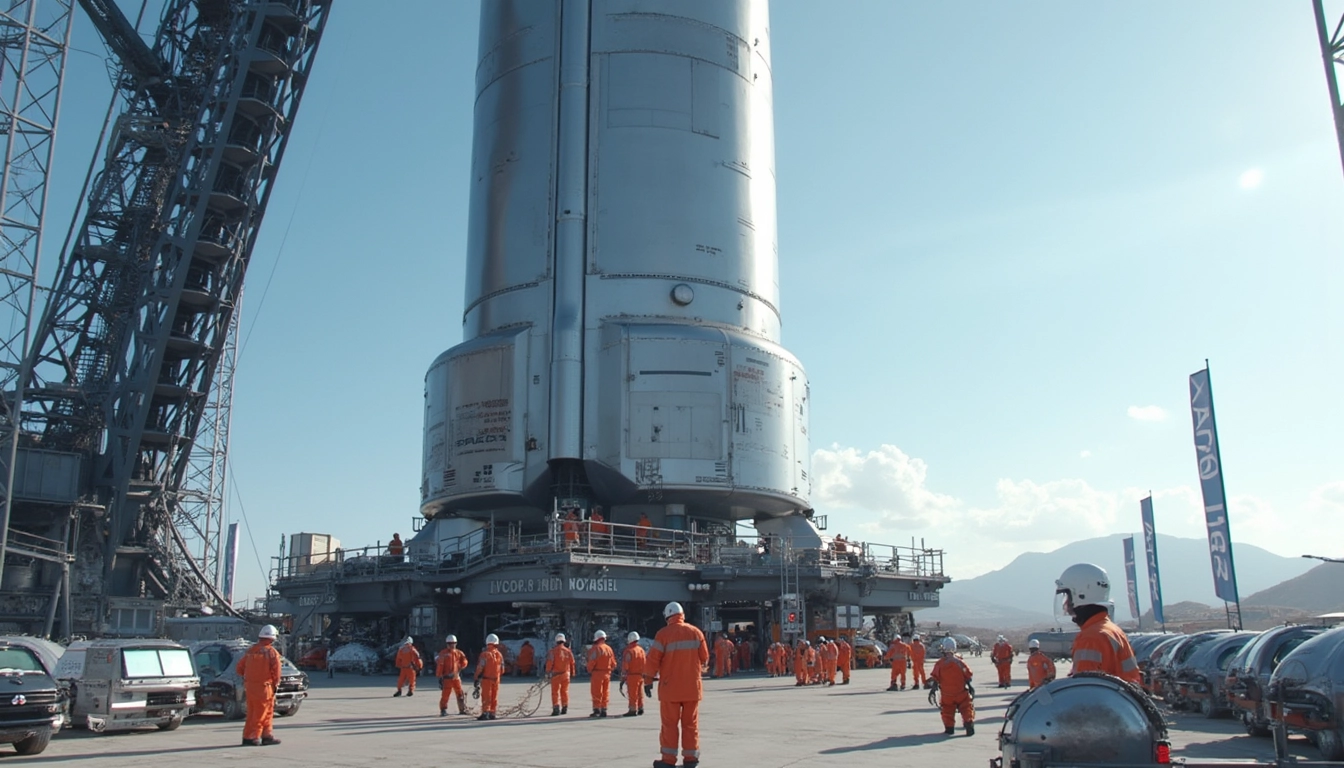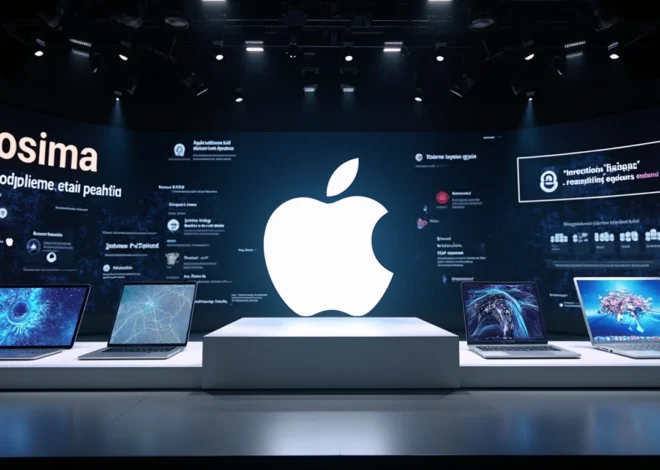
SpaceX Announces Starship Flight 7 Launch with Starlink V2 Simulators
SpaceX has set a new launch date for its highly anticipated Starship Flight 7, scheduled for Monday, January 13, 2025, marking another crucial step in the company’s ambitious space exploration program. The mission will feature the first deployment of Starlink V2 satellite simulators, representing a significant advancement in SpaceX’s satellite internet technology development.
Table of Contents
Key Takeaways:
- Launch date confirmed for January 13, 2025, after a brief delay from the initial January 8 timeline
- Mission will carry the first batch of Starlink V2 simulators for testing
- Technical improvements include enhanced propulsion systems and modified heat shields
- Integration with NASA’s broader space exploration initiatives continues to advance
- Environmental considerations remain a top priority for the launch program
Launch Details and Mission Overview
The seventh flight test of SpaceX’s Starship represents a significant milestone in the spacecraft’s development program. This mission’s primary focus is testing the deployment mechanisms for the next generation of Starlink satellites. The delay from the original January 8 window has allowed engineers to perform additional systems checks and optimize launch conditions.
Starlink V2 Simulator Integration
The introduction of Starlink V2 simulators marks a crucial phase in SpaceX’s satellite internet program. These test units will help validate deployment mechanisms and communication systems before the full-scale rollout of operational V2 satellites. The simulators share similar mass and dimensional properties with their operational counterparts, providing valuable data for future launches.

Technical Advancements
Building on lessons learned from previous flights, Starship has undergone several key improvements. These modifications include enhanced propulsion systems, upgraded heat shields, and refined landing mechanisms. As noted in recent developments in reusable spacecraft technology, these improvements are essential for achieving reliable and cost-effective space transportation.
Environmental and Safety Protocols
SpaceX has implemented comprehensive environmental protection measures for this launch. The company has worked closely with regulatory bodies to ensure compliance with all safety requirements. These protocols align with industry-standard safety practices established for commercial space operations.
Future Implications
The success of Starship Flight 7 will significantly impact SpaceX’s broader objectives in space exploration and satellite internet deployment. For those interested in leveraging automation for space industry updates and content creation, automation tools like Latenode can help track and analyze these developments efficiently. The integration of V2 simulators particularly demonstrates SpaceX’s commitment to testing new technologies before full-scale deployment.


